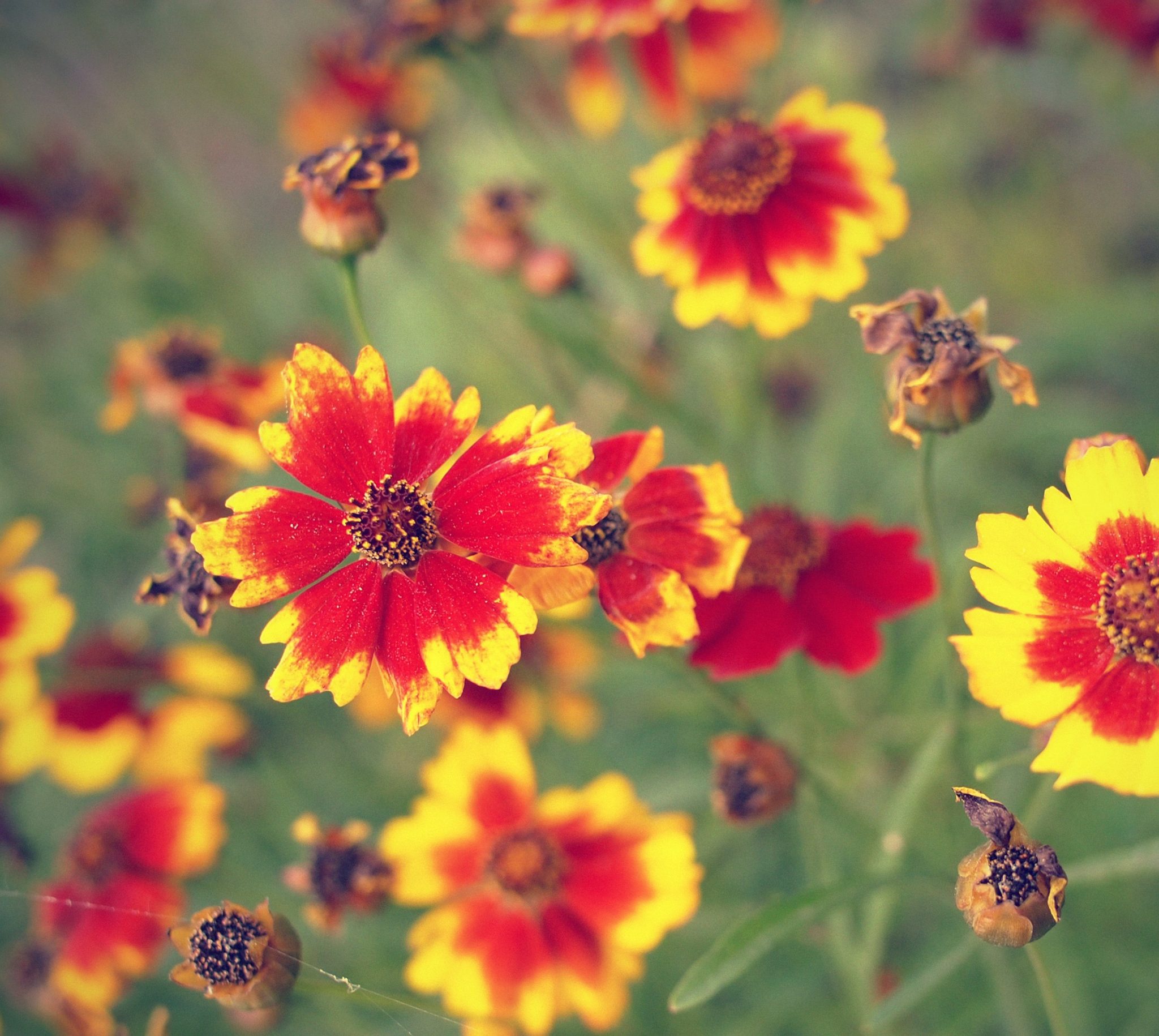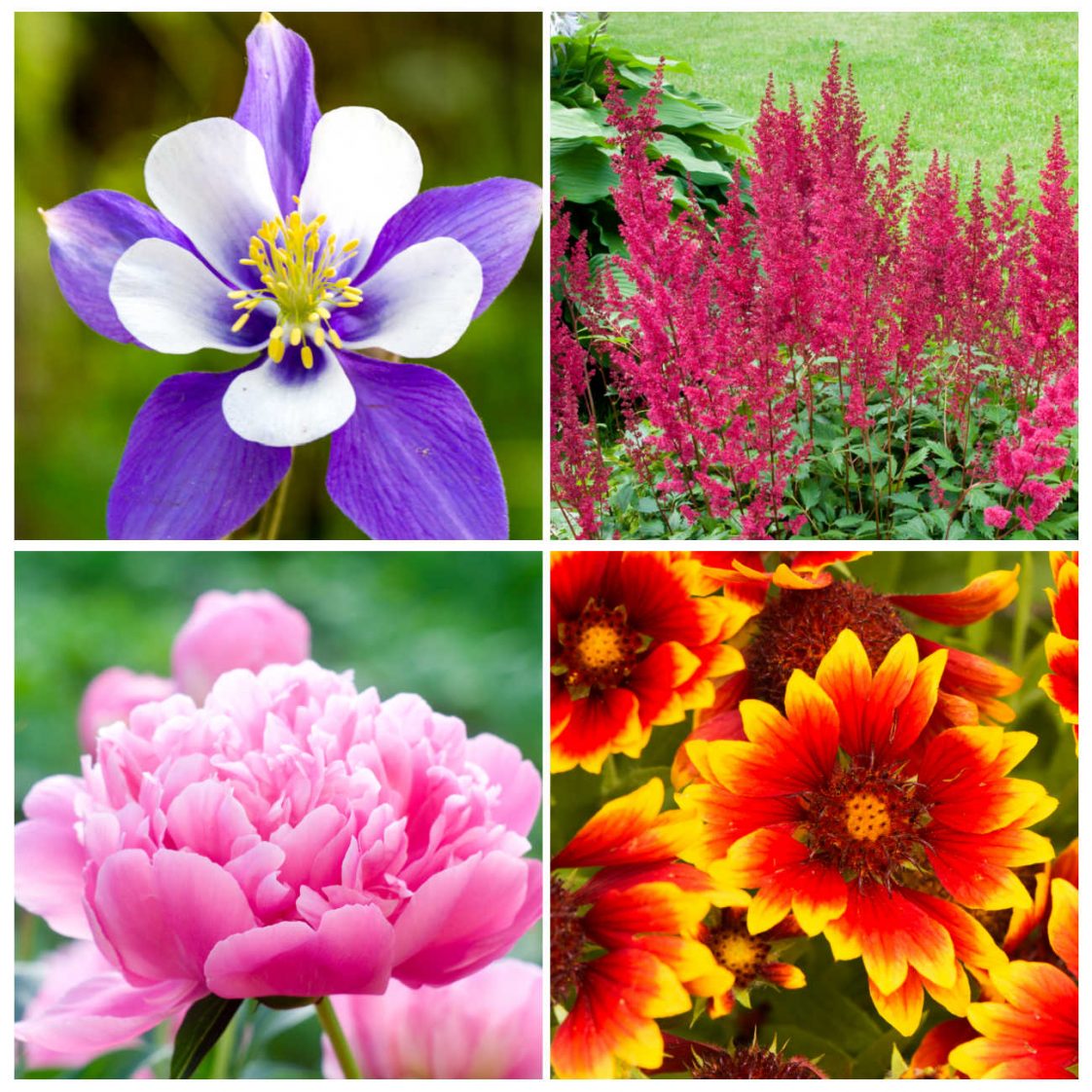What Makes a Flower Thrive in Full to Partial Sun
Sunlight is the driving force behind flower growth, and understanding its role is crucial for cultivating a vibrant and thriving garden. During photosynthesis, plants convert light energy into chemical energy, which fuels their development. The amount of sunlight a flower receives significantly impacts its growth, with different levels of sunlight affecting plant development in unique ways. For instance, flowers that receive full sun (6+ hours of direct sunlight) tend to produce more blooms and grow more vigorously, while those in partial sun (4-6 hours of direct sunlight) may require more careful attention to thrive. By grasping the importance of sunlight and its impact on flower growth, gardeners can create an environment that fosters healthy, robust blooms, particularly when it comes to full to partial sun flowers.
Choosing the Right Flowers for Your Sun-Drenched Garden
When it comes to selecting flowers for your garden, understanding the amount of sunlight they require is crucial. Full to partial sun flowers, which can thrive in a range of sunlight conditions, offer a versatile and low-maintenance option for gardeners. These flowers can tolerate anywhere from 4 to 6 hours of direct sunlight, making them ideal for gardens that receive varying amounts of sunlight. Popular full sun flowers that thrive in 6+ hours of direct sunlight include sunflowers, zinnias, and marigolds, while partial sun flowers like hydrangeas, foxgloves, and delphiniums prefer 4-6 hours of direct sunlight. By choosing the right full to partial sun flowers for your garden, you can create a vibrant and thriving oasis that requires minimal upkeep.
How to Create a Stunning Sun-Friendly Garden Bed
Designing a garden bed that showcases full to partial sun flowers requires careful consideration of several key factors. First, prepare the soil by incorporating organic matter such as compost or well-rotted manure to improve drainage and fertility. Next, choose a mix of flowers that thrive in full to partial sun conditions, selecting a range of bloom times and heights to create visual interest. When planting, space flowers according to their mature size, leaving enough room for air circulation and growth. Companion planting can also enhance the beauty and health of your garden bed; for example, pairing marigolds with tomatoes can deter nematodes and attract beneficial insects. By following these tips, you can create a stunning sun-friendly garden bed that showcases the beauty of full to partial sun flowers.
Top Picks for Full Sun Flowers that Will Wow Your Neighbors
When it comes to making a statement in your garden, full sun flowers are the way to go. These vibrant blooms thrive in 6+ hours of direct sunlight, producing stunning displays of color and beauty. Here are some top picks for full sun flowers that are sure to impress: sunflowers, with their towering heights and bright yellow petals; zinnias, which come in a range of colors and are perfect for adding a pop of color to your garden; and marigolds, with their bright orange and yellow hues. When growing full sun flowers, be sure to provide them with well-draining soil and adequate water. Deadheading and pruning can also help encourage more blooms and keep your flowers looking their best. By incorporating these full sun flowers into your garden, you’ll be sure to wow your neighbors with your sun-kissed blooms.
Partial Sun Flowers that Add a Touch of Elegance to Your Garden
While full sun flowers are sure to make a statement, partial sun flowers offer a more subtle yet equally beautiful addition to any garden. These flowers thrive in 4-6 hours of direct sunlight, making them perfect for areas that receive morning sun or dappled afternoon shade. Hydrangeas, with their delicate blue and pink blooms, are a popular choice for partial sun gardens. Foxgloves, with their tall spikes of white, pink, and purple flowers, add a touch of whimsy and romance. Delphiniums, with their stately spikes of blue and white blooms, provide a dramatic pop of color. When growing partial sun flowers, be sure to provide them with well-draining soil and consistent moisture. Fertilize lightly, as these flowers can be sensitive to over-fertilization. By incorporating these beautiful partial sun flowers into your garden, you’ll add a touch of elegance and sophistication to your outdoor space. Remember, full to partial sun flowers offer a range of benefits, including low maintenance and adaptability to different sunlight conditions, making them a great choice for gardeners of all skill levels.
Common Mistakes to Avoid When Growing Full to Partial Sun Flowers
When it comes to growing full to partial sun flowers, there are several common mistakes that can hinder their growth and beauty. One of the most critical mistakes is under-watering, which can lead to wilted leaves and reduced blooming. On the other hand, over-fertilizing can cause more harm than good, as it can burn the roots and leaves of the plants. Another mistake to avoid is failing to provide adequate support for tall or climbing full to partial sun flowers, such as sunflowers or delphiniums, which can lead to broken stems and reduced blooming. Additionally, neglecting to deadhead spent blooms can reduce the overall blooming period of full to partial sun flowers. By being aware of these common mistakes, gardeners can take steps to avoid them and ensure their full to partial sun flowers thrive. Remember, full to partial sun flowers are relatively low maintenance, but they still require some care and attention to reach their full potential.
Tips for Extending the Blooming Season of Your Sun-Loving Flowers
One of the joys of growing full to partial sun flowers is enjoying their vibrant blooms for as long as possible. To extend the blooming season of your sun-loving flowers, try deadheading, which involves removing spent blooms to encourage the plant to produce more flowers. Pruning is another effective technique, as it helps to promote bushy growth and encourages the plant to produce more blooms. Providing supplemental lighting, such as grow lights, can also help to extend the blooming season, especially during periods of low sunlight. Additionally, consider planting a mix of early, mid-season, and late-blooming full to partial sun flowers to ensure a constant display of color throughout the growing season. By implementing these techniques, gardeners can enjoy their full to partial sun flowers for months to come. Remember, with proper care and attention, full to partial sun flowers can provide a stunning display of color and beauty in any garden.
Making the Most of Your Sun-Friendly Garden: Maintenance and Care
To keep your full to partial sun flowers thriving, regular maintenance and care are essential. Watering is crucial, especially during hot summer months. Aim to provide about 1-2 inches of water per week, either through rainfall or irrigation. However, be careful not to overwater, as this can lead to root rot and other problems. Fertilizing is also important, but avoid over-fertilizing, which can damage the plants. A balanced, slow-release fertilizer applied in the spring and summer months should provide sufficient nutrients for healthy growth. Pest management is another key aspect of caring for full to partial sun flowers. Keep an eye out for common pests like aphids, whiteflies, and spider mites, and use organic or chemical controls as needed to prevent infestations. By following these simple tips, gardeners can enjoy a vibrant and thriving garden featuring full to partial sun flowers all season long.


:max_bytes(150000):strip_icc()/perennials-that-thrive-in-full-sun-4767374-08-84c03593736d42b5854f3e89152d7b94.jpg)




